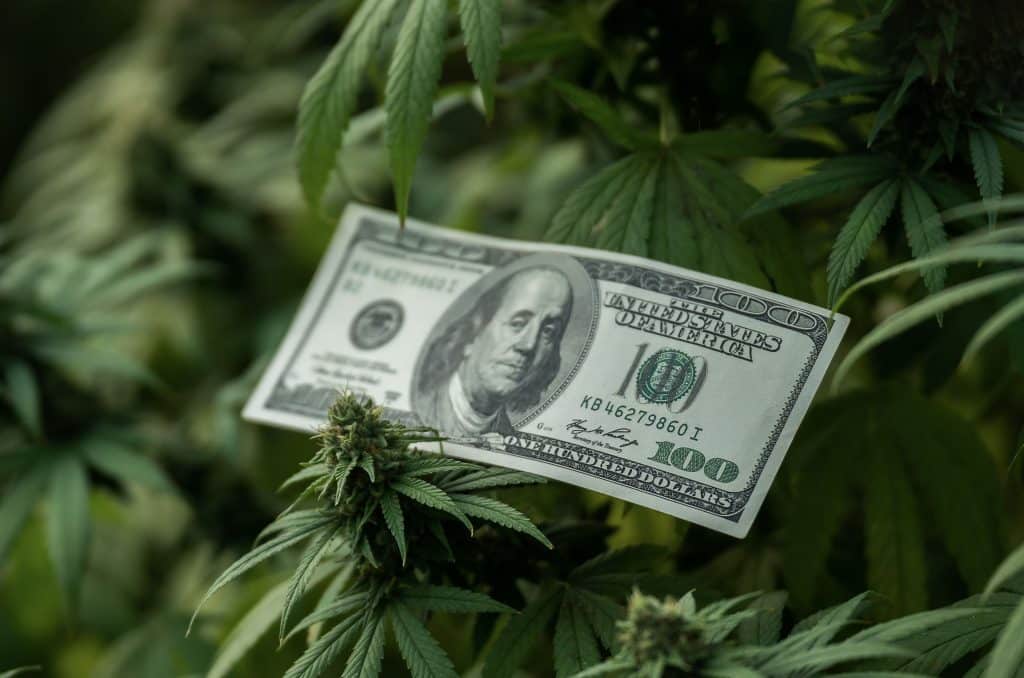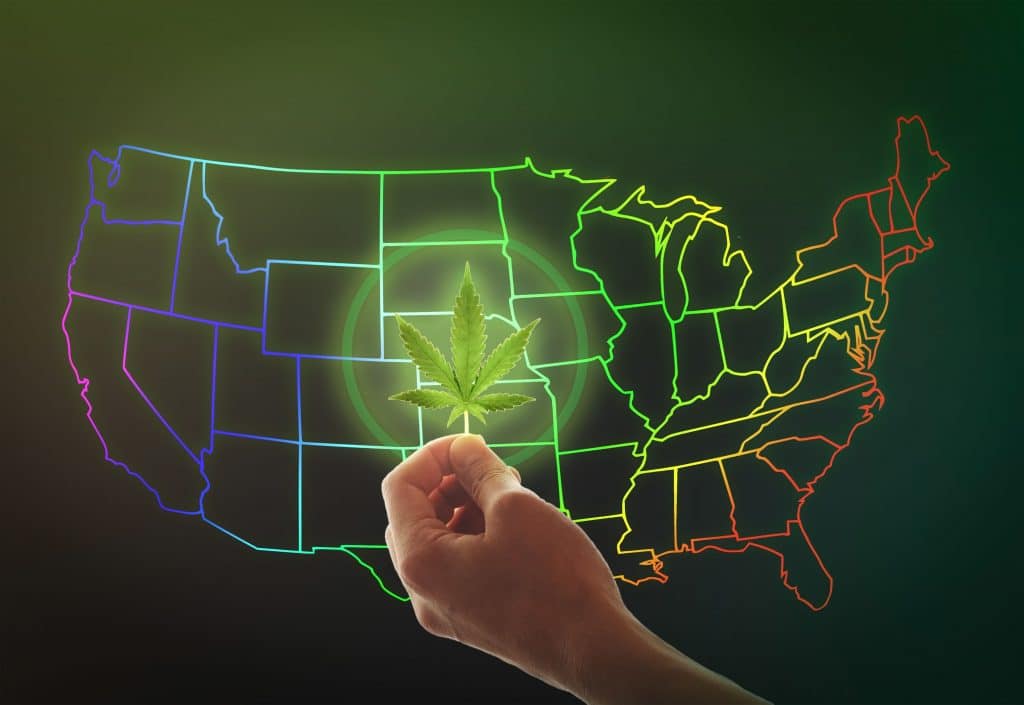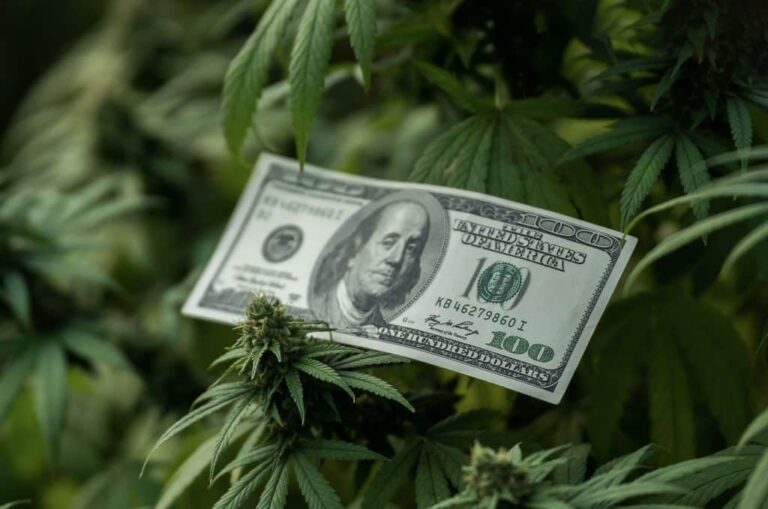We talk a lot about the impact that legal cannabis has on different sectors, including the pharmaceutical industry. Now, a study sheds light on what exactly this means. Many of us already understand the role pharmaceutical has played in both the banning of weed and the maintenance of that ban. This new research gives a good indication as to why.
The study
Technically its not breaking research, as it came out in the summer of 2022, but it is relatively new, and seeks to more officially answer the question of what affect cannabis legalization has on the pharmaceutical industry. The study is called: U.S. cannabis laws projected to cost generic and brand pharmaceutical firms billions.
In the introduction, the authors make a good point by explaining, “Largely unpatentable, cannabis may act like a new generic entrant following medical legalization, leading some individuals to substitute away from other drugs toward cannabis. However, unlike a conventional new generic drug, cannabis use is not restricted to a single or limited set of conditions.”
They continue, “This means that cannabis acts as a new entrant across many different drug markets simultaneously. Furthermore, access to recreational cannabis is similar to over-the-counter conventional medications, in that it no longer requires healthcare provider oversight for use.”
Thank you for making it. Subscribe to our Cannadelics Weekly Newsletter to access email updates; and for tons of promos on stuff like cannabis buds, vapes, edibles, smoking equipment, cannabinoid compounds (like delta-8), and a massive selection more. Get yourself stoned. Do so responsibly!
In speaking about how legal cannabis competes with the pharmaceutical industry, they say, “A study of Medicaid enrollees suggests recreational cannabis legalization reduces the use of lower potency, Schedule III opioids, and in a retail setting, legal recreational cannabis decreased over-the-counter sleep aid and antacid sales. Drugmakers appear to recognize the threat and respond strategically, including lobbying against state legalization.”
In terms of how the researchers looked at the topic, they explain they “use stock returns and market risk factors to estimate how cannabis legalization affects the market capitalization of drugmakers. In effect, we estimate investors’ expectations of future pharmaceutical firm sales and profitability. We compare drugmakers’ actual and predicted (model-implied) stock returns over the cannabis legalization event window.”
They explain, “Tools from finance allow us to predict market returns in the absence of legalization using a well-known, empirically validated factor pricing model. Next, we compare realized returns to these predicted returns to estimate how legalization affected drugmaker profits.”

They make sure to differentiate between different cannabis markets, saying, “We contrast investor responses to medical and recreational legalization and for generic and brand drugmakers. From our analysis, we predict how legalization changes conventional drug spending in legal states, including both over-the-counter and prescription medications and all types of patients.”
How does legal cannabis affect pharmaceutical investor behavior?
In their investigation, researchers found that “Comparing predicted and actual cumulative returns (CRs) for drugmakers reveals changes in investor behavior around cannabis legalization.” This starts in the days before the legalization occurs. “The difference is about 1.5-2%, statistically significant, and persists during the 20 business days following the event. This corresponds to a loss of about $133-177M per firm. This is calculated by multiplying the cumulative abnormal returns value, 1.5-2%, by the average market value, $8.86B.”
When looking at this in regards to brand vs generic medication, they continue, “The investor response for generic drugmakers is larger in magnitude and is persistent. In contrast, for brand drugmakers, treated returns depart later from the control, the difference is smaller, and it disappears a few days after the event.” This is a statistically significant response to both generic and brand. The numbers become highly statistically significant right before a legalization, and persist through the window of investigation.
In terms of how legal cannabis affects pharmaceutical sales, researchers looked at the estimated change in total sales for each legalization. They say, “We find the average change in a firm’s market value per legalization event is $63M with a total impact on market value across firms per event of $9.8B.” Researchers used a historical price-to-sales ratio for all drugmakers for each legalization measure passed, and found a yearly change in sales of $3 billion for each one.
Is it the same for medical and recreational legalizations? Not at all. Researchers stated “When we separately assess changes for medical and recreational events, medical legalization implies an annual sales decrease of $2.4B. The implied sales decrease from recreational legalization is about 129% greater than that of medical legalization.”
Is it the same for brand and generic? Not at all. “Comparing effects on generic and brand drugmakers, we find the effect on brand drugmakers is 224% larger than the effect on generic drug maker sales.” This is interesting, as previously we saw that a negative investor response was lesser for brand drugs than generic. Yet their higher price seems to translate into a greater sales loss overall.

Overall study conclusions and implications
Researchers conclude: “Our results show that cannabis legalization is associated with a decrease in the stock market returns for pharmaceutical firms. Medical legalization generates a more muted effect on cumulative returns than recreational legalization but is more persistent.” They go on, “Generic firms are affected more in percentage terms, while brand firms are more affected in terms of magnitude due to their larger market value.”
What does this really mean though? What are the implications of this? “The substantial documented changes in drug company sales from cannabis legalization imply investors expect a correspondingly large change in spending on conventional prescription and over-the-counter pharmaceuticals by consumers and insurers.” They go on that these drug sale change estimates for state legalizations, can be used to estimate the effect on pharmaceutical drug spending in states that haven’t legalized yet.
2017 numbers for money spent on prescription drugs in the US was approximately $333 billion. 2010 numbers for money spent on over-the-counter medications was about $23 billion. Researchers argue that if they use the average loss of $2.4 billion per medical legalization, that if the other 16 states did legalize just medical cannabis, this could account for a decrease of $38.4 billion in retail pharmaceutical sales. That’s a decrease of 10.8%.
They explain, “The economic significance of an estimated $9.8B loss in market value across firms per cannabis legalization event is extremely large, however our results should be interpreted cautiously.” They go on to list limitations of their analysis, which include: the instability of investor rationality, that all this relies on the data of publicly traded companies, that the estimates could be related to the choice of using the specified number of days before a legalization occurred, and that “heterogeneity in the legalization and subsequent regulatory processes” could certainly lead to differing results.
How does the pharma industry respond to this? Investigators point out that “Recently, Pfizer paid $6.7B to acquire a biotech company that focuses on cannabinoid-type therapies.” This is in contrast to the fact that “Pharmaceutical firms have devoted substantial lobbying efforts and dollars into fighting cannabis legalization,” implying that the industry knows exactly how much its being hurt by cannabis.
The researchers made an interesting point in the end by saying “Looking beyond effects for different stakeholder populations, our study suggests cannabis might be a useful tool for increasing competition in U.S. drug markets.” Well, either that, or it’ll lower the quality of the prescription drugs we do buy.

Conclusion
The reality is, if you were unclear on why pharmaceutical companies would be against the cannabis industry, or how they deal with it; you might not have been paying attention to how things go down. An investigation of this nature is akin to removing the curtain, thereby giving a better view into what is being lost, and why that might propel such an industry into the dirty tactics it tends to use. It also helps explain why government bodies are so resistant to legal cannabis, as they tend to take a lot of money from pharmaceutical companies.
The legal cannabis industry doesn’t have to be lucrative to hurt the pharmaceutical world. While the researchers in this study put together a pretty tight case for cannabis injury to the pharmaceutical industry, the cannabis market itself isn’t exactly a huge moneymaker, and is rife with issues of black market competition, overpricing, and too-strict regulation; which are now resulting in lower sales and mass layoffs. What that really indicates, I’m not sure. But it could mean black market operators are the biggest winners in the movement of money from pharma to weed.
Great to have you with us! Welcome one and all to Cannadelics.com; a news site dedicated to bringing you the best in reporting for the cannabis and psychedelics industries. Hang out with us everyday to keep informed, and check out the Cannadelics Weekly Newsletter, so you’re always first to get the story.
